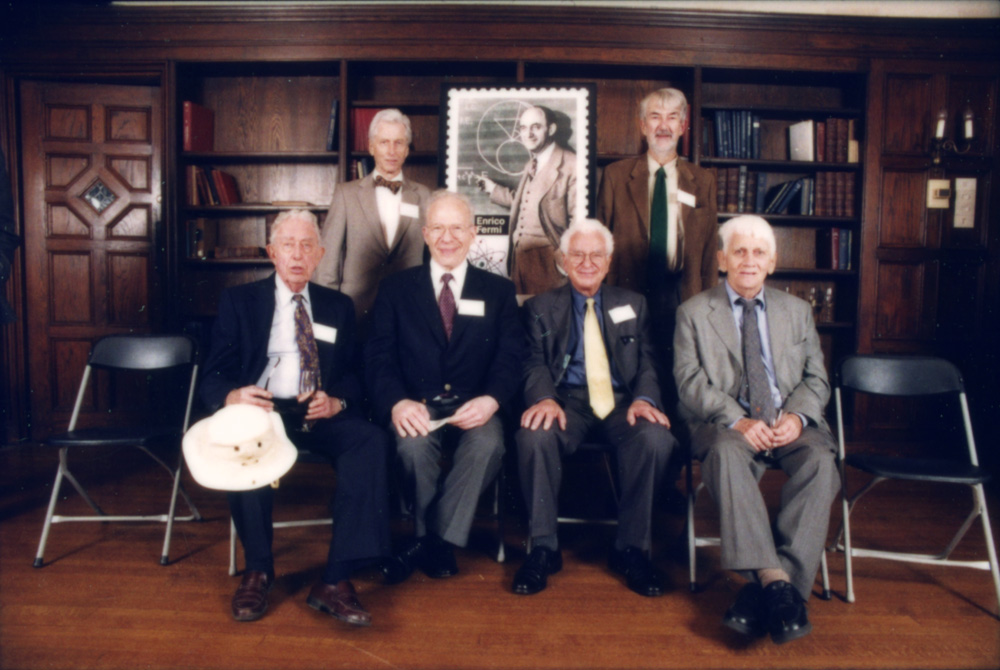This article was originally published on April 8, 1988 and was re-printed on February 18, 2014 as part of the Maroon’s historical issue.
Applications for the freshman class in the College for the 1988-89 school year were up nearly 24% from 1987-88, but the number of students admitted rose only slightly, making it still more difficult to be admitted to the College.
Despite the small rise in acceptances, administrators expect that next year’s entering class will be about the same size as this year’s.
According to Ted O’Neill, director of College Admissions, 5347 students applied for the 1988-89 school year, of whom 2168, or 40.5%, were admitted – down from 48.7% last year. O’Neill said that his department is “aiming at a class size of about 825.” Last year there were 4313 applicants, of whom 2102 were admitted. There are 828 students in the current first-year class, or 39.4% of those who were admitted last year.
O’Neill attributed the increase in the number of applicants to “a better perception of the University in the minds of high school students. They see us as a place that’s not only great, but liveable and pleasant. We never had to convince them that we are a great university, we had to convince them that it is liveable here. I think we were successful, and it’s not just the admissions office that’s responsible for that; it’s the students and the faculty.”
The number of black students admitted to the College also is up this year, according to O’Neill. He noted that this is the first time in his six years at the College, and probably the first time ever, that over 100 black students were admitted to a freshman class. The current first-year class has fewer than thirty black students.
The male-female ratio of the new class is “roughly 60/40,” about the same as it has been for several years, according to O’Neill. O’Neill characterized the prospective class as “very much like previous Chicago classes—smart, active, and ambitious. I would like to say it’s the best class ever, but in fact it’s very much like the classes of the past few years…They care about intellectual life, about making a good life in a rigorous academic setting.” He did not have precise figures on the SAT scores of those who were accepted, but said that they are “roughly similar” to those of last year’s class.
Director of College Aid Alicia Reyes said that she does not yet have complete information on the financial aid situation of the prospective students, since some forms from the College Scholarship Service have been delayed and some students are still applying for financial aid. But she said that the incoming class is “similar to the current freshman class. There are not many more needy students.”
“Perhaps next year’s class is better in some ways,” said O’Neill. “Maybe they’re a little more active, more accomplished. But basically they’re like the students we’ve previously admitted.”








